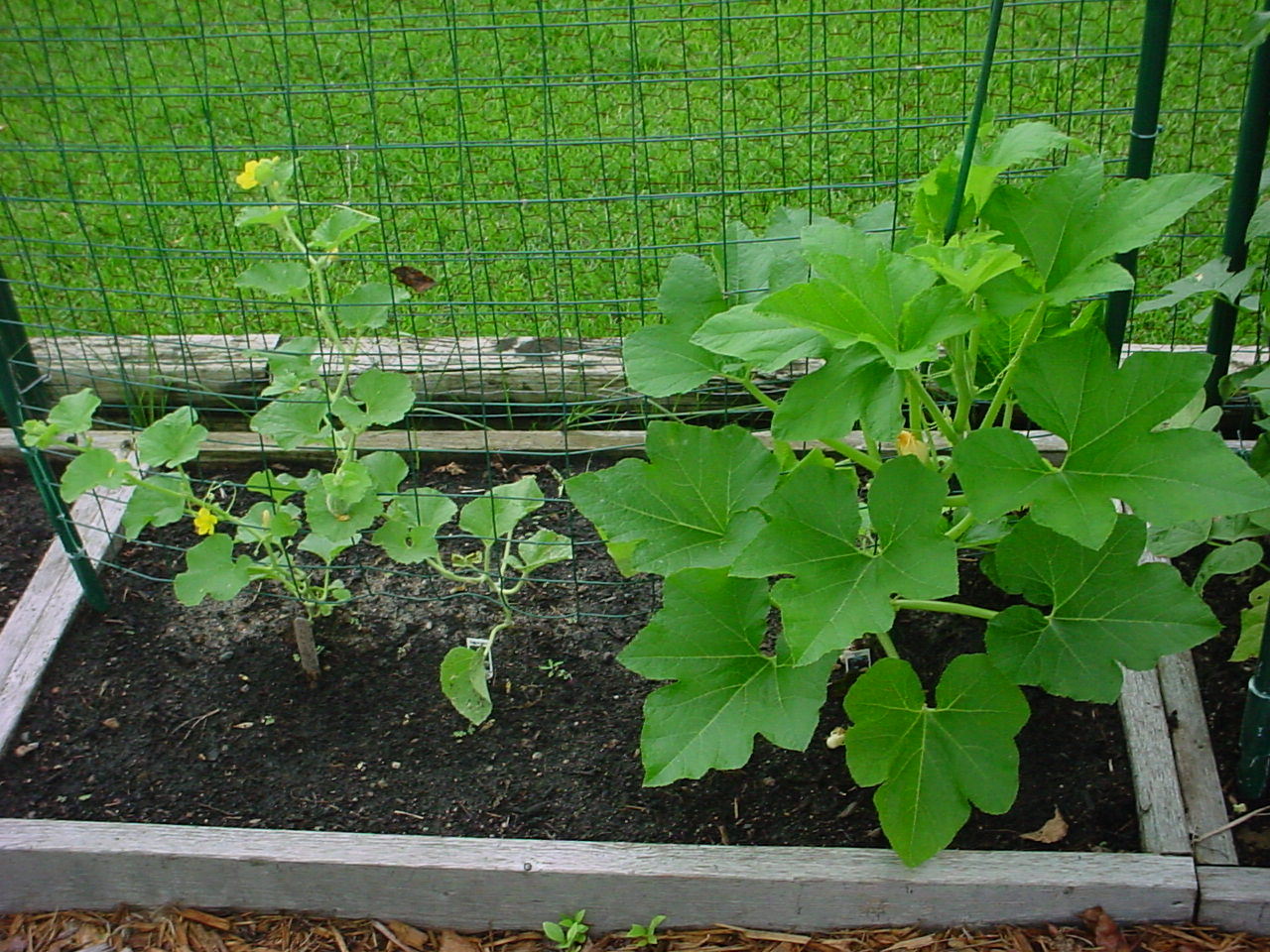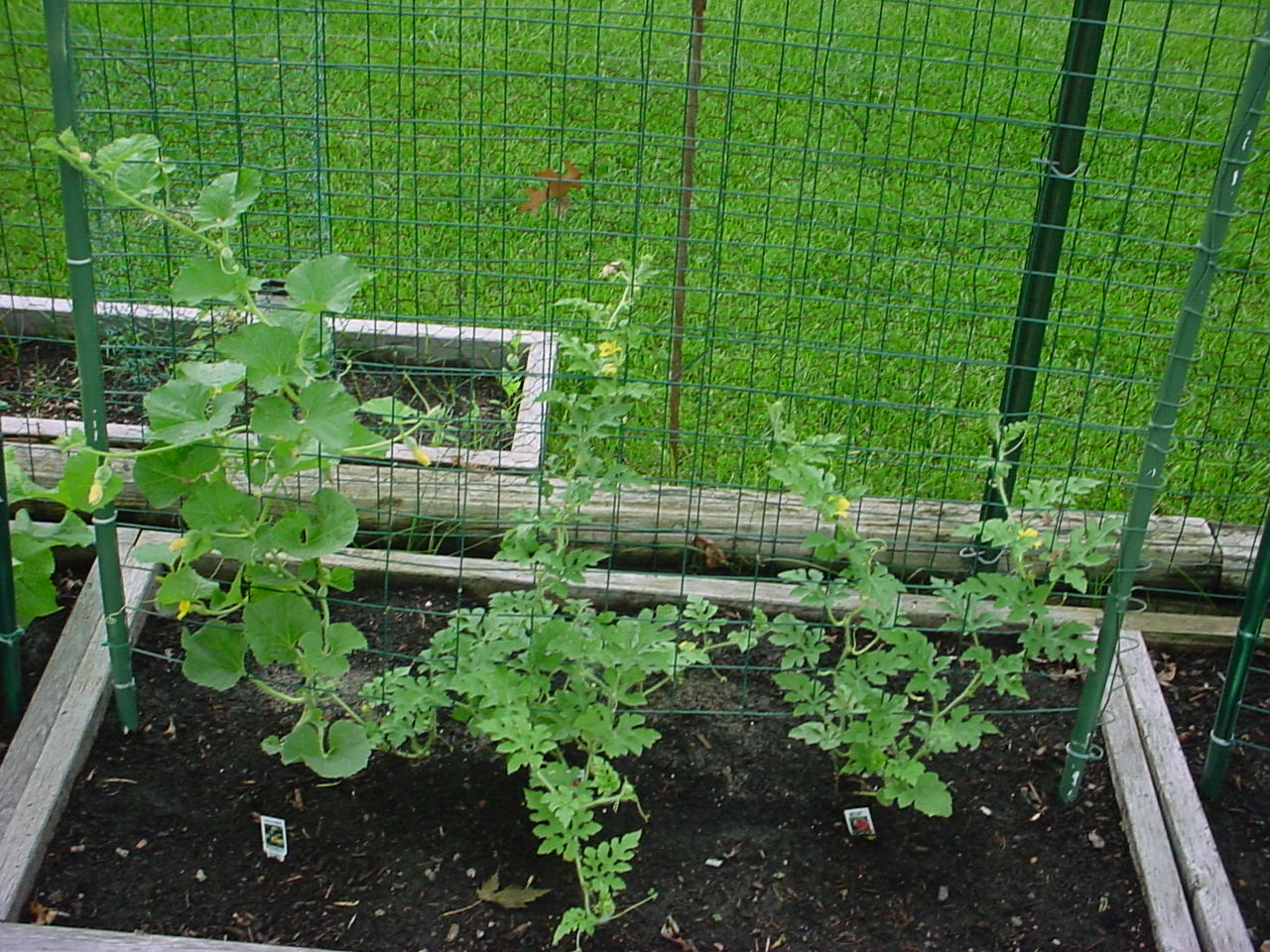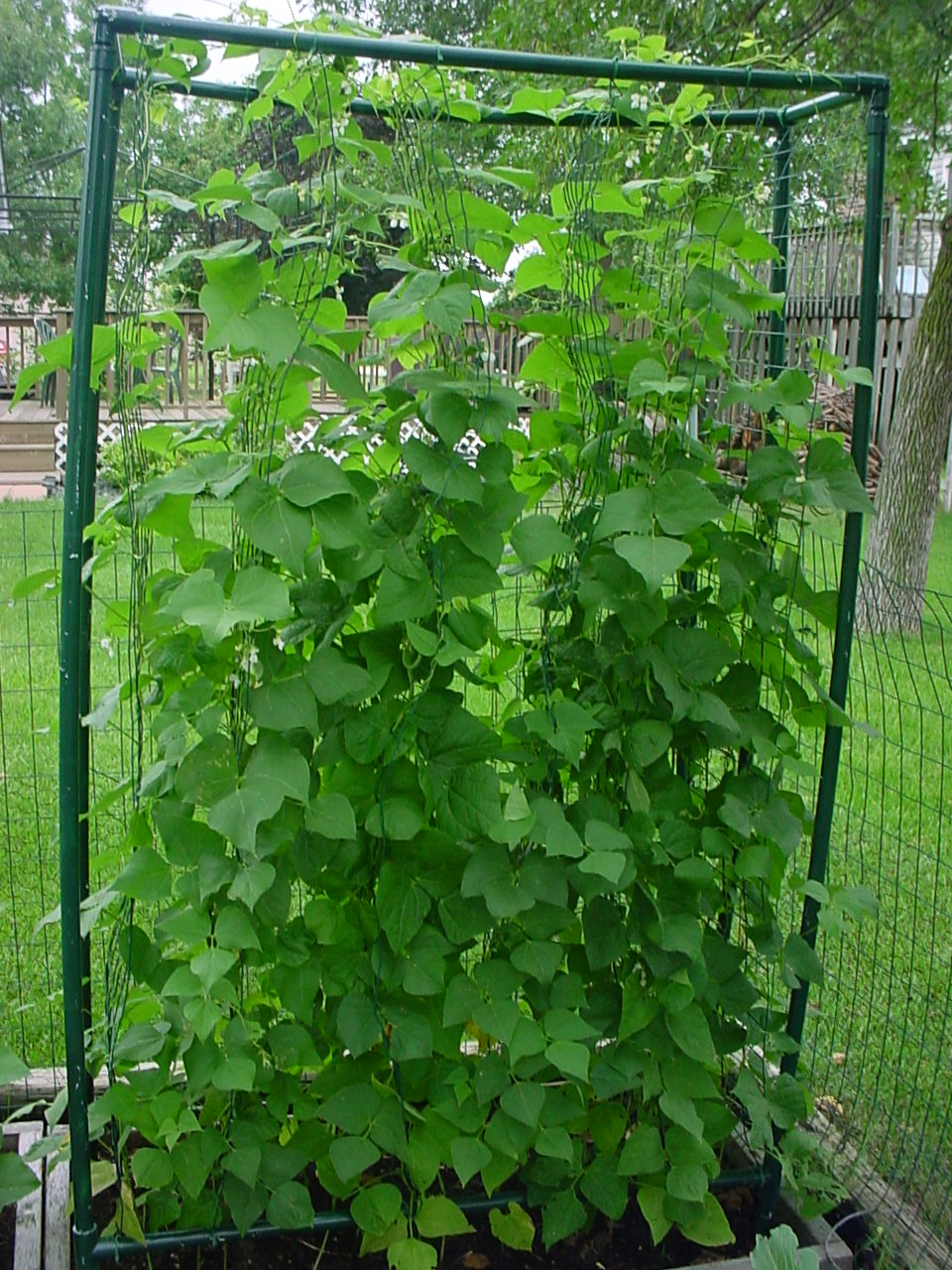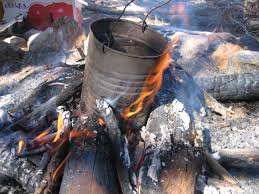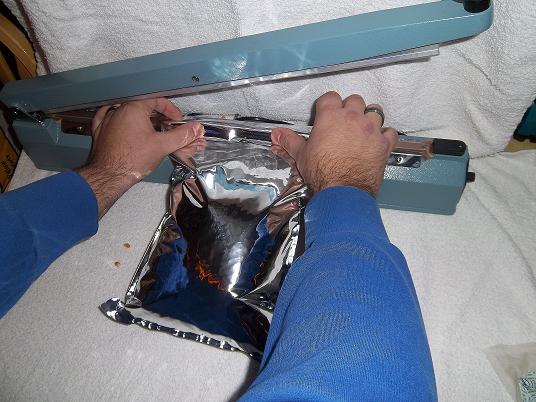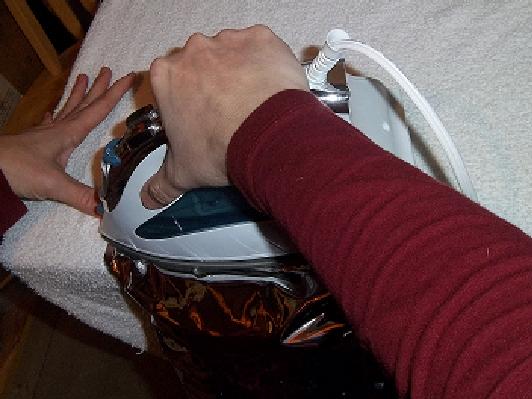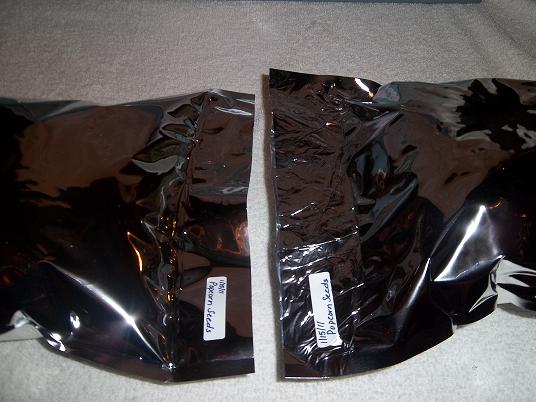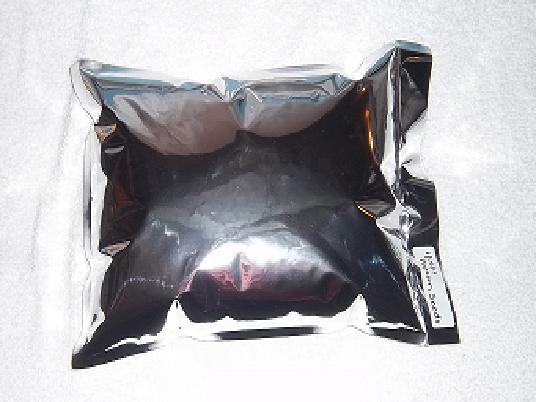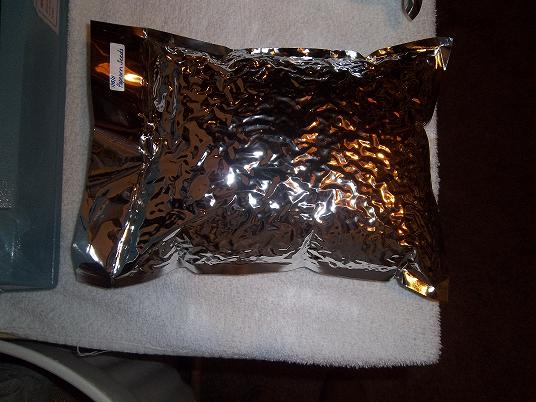Permaculture is something that I have mentioned a few times, but it’s not something I have discussed in any detail. I’m still a Permaculture novice, but thought I would share some of what I have learned as well as some resources. I think Permaculture can be useful for anyone designing food production systems, whether that is a small suburban yard or a multi-acre farm.
This is an immense topic, so in this article I am only going to introduce you to what Permaculture is and give you some resources to further explore the subject.
What is Permaculture?
Permaculture is a design system that takes principles found in nature and works with them. For example, instead of planting an acre of corn (mono-culture) you might plant 100 different species, scattered throughout the acre. Instead of things being planted in rows, the only structure might be zones and layers, which are how they grow naturally. A Permaculture system would more resemble a forest than the traditional farm. In fact, a Permaculture design is often referred to as a “food forest”.
Why Use Permaculture?
Why use Permaculture instead of traditional farming or gardening? Bill Mollison answers this very well:
“The aim is to create systems that are ecologically-sound and economically viable, which provide for their own needs, do not exploit or pollute, and are therefore sustainable in the long term. Permaculture uses the inherent qualities of plants and animals combined with the natural characteristics of landscapes and structures to produce a life-supporting system for city and country, using the smallest practical area.”
Who Developed Permaculture?
Permaculture, as a design system, was developed by Bill Mollison and David Holmgren in the 1970’s and introduced in their book “Permaculture One” in 1978. Permaculture is a term coined by Bill Mollison. It was originally derived from “Permanent Agriculture” and later “Permanent Culture”. Since these same practices are visible by watching nature, others have developed similar concepts, under different names.
Zones
Zones in Permaculture are used to organize things by their frequency of human intervention.
Zone 0
This is your home.
Zone 1
This is the area closest to your home. These would be the things that need the most attention; being watered and mulched the most. Things here would be your herb garden, raised beds and compost pile. This could also contain a greenhouse.
Zone 2
This is the area for perennials and any orchard trees. You might still mulch and irrigate, but less than in zone 1.
Zone 3
This is for conventional farming crops
Zone 4
This is a semi-wild area. You might forage here but there is minimal human intervention.
Zone 5
This is wilderness with no human intervention.
Layers
Planting in layers is how permaculture gets its structure and should be used when planning your landscaping; planting the tallest things the furthest away, so that all layers get as much sun as possible.
Layer 1
The canopy; the tallest trees.
Layer 2
Sub-canopy layer. This contains shorter trees, such as dwarf fruit trees.
Layer 3
Shrubs and bushes belong in layer three.
Layer 4
Herbaceous layer, plants such as Daylily’s and Hosta’s.
Layer 5
Rhizosphere layer, for roots and tubers.
Layer 6
Soil surface, consisting of cover crops like bush green beans, strawberries, any low growing plant that can add nutrients and limit erosion.
Layer 7
Vertical climbers, vines that climb like pole green beans.
Swales
A swale is a shallow ditch used to trap water that would normally run off the surface of land. It captures it and forces it to slowly go through and hydrate the soil.
Hugelkultur
The last thing I want to cover is something that isn’t necessarily a part of permaculture, but something that could be used in a permaculture design.
raised garden beds: hugelkultur instead of irrigation covers Hugelkultur in much greater detail, but I’ll give a quick and dirty explanation. Hugelkultur is simply burying wood with soil, compost, manure and planting on top of it. In the first year, you may have to water as you normally would, but here’s the reason people practice Hugelkultur; as that wood breaks down it acts as a sponge and holds moisture, releasing it to the vegetation that you have planted.
Permaculture Resources
I first learned of Permaculture from Jack Spirko on the Survival Podcast. Jack has done a huge amount of content dedicated to permaculture, some of it in hour long shows. Some of the information is also answering a listener’s question, so that show might only have 5-10 minutes on the topic. I searched his site using the word permaculture, here are all of the results.
Permies.com
This is one of the biggest, if not the biggest, permaculture forums on the Internet. There is a huge amount of information here on all things permaculture.
The Permaculture research Institute of the USA
Here is a link that has a lot of information on permaculture, including classes, DVD’s and other information, including a forum, on permaculture.
Please click here to vote for Prepared Christian as a top Prepper site!
If you liked this article please think about sharing it on the social media listed below, thanks!










